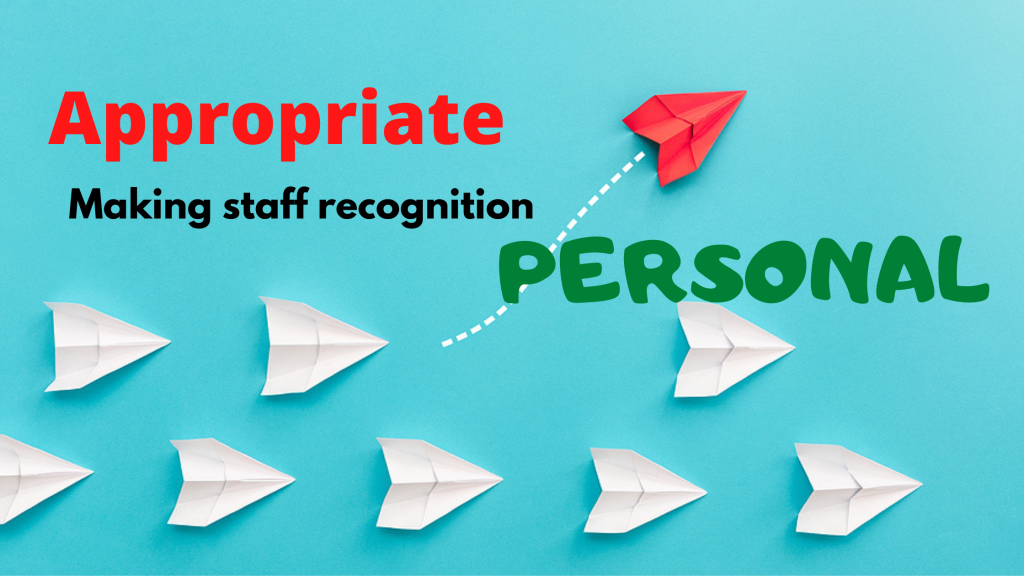
The COVID-19 pandemic has changed much about how we do business, including how we conduct hiring interviews.
Gone now, and for the foreseeable future, is the practice of inviting strangers to meet with you or with an interview panel in your office or other confined space. Interviews have gone virtual.
What does that mean for leaders with a vacancy to fill? How does interviewing need to change? And what remains the same?
The good news is that the essence of good of interviewing practice has not changed. Interviewers still write and ask questions that focus on the candidates’ past performance. They create interview experiences that are fair to all candidates and maximize the quality and quantity of information gathered. Reference checks can still be conducted during telephone conversation, as they were pre-COVID.
There are even benefits derived from the transition to online interviews using platforms such as Zoom, Microsoft Team and Go To Meeting:
Virtual interviews save money and time—Neither the candidate nor the interviewers need to travel. This eliminates or significantly reduces the costs associated with interviews, both financial (gas or airfare, accommodation, meals) and in terms of the time required for travel.
Virtual interviews make scheduling easier—Because no one has to travel, either across the country or just across town, it’s easier to find times that are convenient for both candidates and members of the interview panel.
Virtual interviews can be “blind”—Biases can influence hiring decisions, in both positive and negative ways. Visual clues related to biases, particularly race and gender, can be eliminated by turning off the candidate’s video, just as orchestras audition musicians sight unseen by asking them to perform from behind a screen, so that factors such as race and gender don’t enter into decision about who gets hired.
Related article: Name-blind recruitment meant to exclude biases from hiring process
Virtual interviews might end coffee shop interviews—The inappropriate practice of interviewing candidates in public settings, such as in coffee shops, is less common since the pandemic struck. This is a good thing. Asking candidates to talk about themselves in a public space, surrounded by distractions and by others who may inadvertently overhear the conversation is interview malpractice. Even when life “gets back to normal,” online interviews will be a superior alternative to interviewing in public.
Although the core elements of interviewing and hiring haven’t changed, we need to adapt how we prepare, conduct and follow up virtual interviews:
Preparing for Interviews
How to prepare yourself:
- The criteria for finding the right place to interview hasn’t changed. The space should be quiet, free from interruptions and free from items that could distract you. For video interviews, consider what will appear behind you that might distract candidates or other panel members. You don’t want people to spend the interview wondering why you have “that thing” on your bookshelf. A blank wall works best. And please, avoid those virtual backgrounds. The halos they create and the way they cause arms and other body parts to disappear can be distracting.
- Check the technology you will be using to ensure that the audio and video are working properly. Check the lighting. Too much or too little light may make it difficult for others to see you.
- There are items that you should bring to traditional interviews that you will still require during virtual interviews—the candidate’s resumé, a list of the questions you plan to ask, and paper or a note-taking form (and at least two pens, just in case).
How to prepare the interview panel:
- Encourage panel members to find a quiet, interruption- and distraction-free space from which to join the interview.
- Because you are not going to be together, ensure that all panel members have what they need beforehand—resumés, questions, note-taking forms.
- Encourage panel members to pre-check the technology they will be using.
- Design an interview plan. Who is going to ask each question? What is the process for asking followup questions?
How to prepare the candidate:
- Encourage the candidate to find a space that is quiet and interruption-free for the interview. At the same time, be tolerant of unexpected distractions on the candidate’s end. There may be an unexpected phone call. The dog may bark. The candidate’s partner may be working from home or the kids may be off school.
- Ask the candidate to test the technology that will be used. You might even set up a brief test call if the candidate is unfamiliar with the platform you will be using. Provide your phone number in case something goes wrong during the interview.
- In a traditional interview, you would provide water for the candidate. For the virtual interview, suggest the candidate have water or something else to drink on hand.
- I suggest that prior to traditional interviews, the person managing the process meet briefly with candidates outside the interview room to prepare them for what they will experience: let them know how many people will be on the interview panel, who will be asking questions, where the candidate will be sitting. Answer the candidate’s questions about the interview. In the context of a virtual interview, this information could be provided when the candidate first joins the call, or better yet, provide this information in an email or during a short virtual meeting prior to the interview.
During the interview
The candidate should remain in the waiting room until the panel is ready to begin. Emphasize the importance of all panel members being online before the candidate arrives. When the candidate is invited into the room, begin the interview as you would begin an in-person interview—introduce the panel, explain the process. Then proceed as you would have done prior to the pandemic—ask questions and probe for additional information. For traditional interviews, I suggest printing questions on cards that you hand to the candidate as you ask each question. For virtual interviews, prepare slides and use the screen-share option.
Ending the Interview
In a traditional in-person interview, the process ends with the interviewer providing information about the organization, reviewing the decision-making timeline, offering an opportunity for the candidate to ask questions and finally, handing the candidate a business card with instructions to “contact me if you have any questions or additional information for us, prior to us letting you know our decision.” In the virtual setting, tell the candidate you will be sending information about the organization and highlight what’s included before inviting the candidate’s questions.
After the Interview
- As occurs following traditional in-person interviews, panel members should assess the candidate, following the process agreed to prior to beginning the interview.
- Send information to the candidate (as promised).
- Conduct reference checks and make sure that what you learn is one more part of the information used to hire the right person to fill your vacancy.
- Take time to determine how to improve the virtual interview process. Ask panel members three questions: What went well? What could have been done differently? What is the key lesson we learned from these interviews? You might also ask candidates for their input, using a brief survey about their interview experience.
When this pandemic ends, we may return to interviewing in person, but we are unlikely to totally discard virtual interviews from our hiring toolkit. What we learn now from interviewing virtually may make us better interviewers in the future, whether we are asking our questions in person or online.


